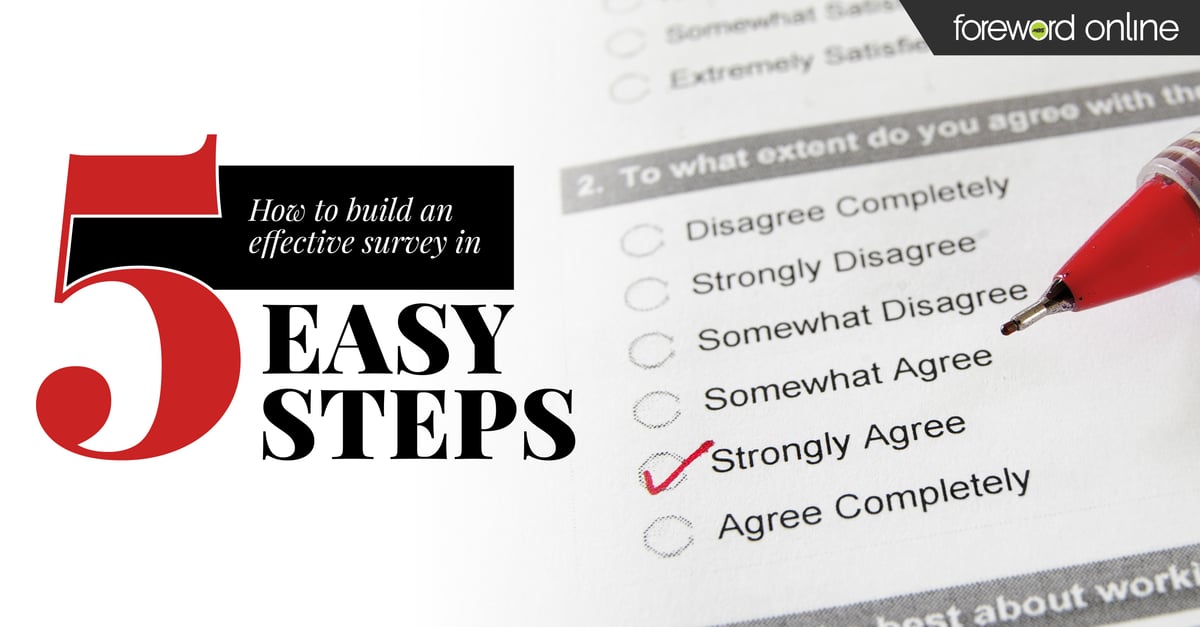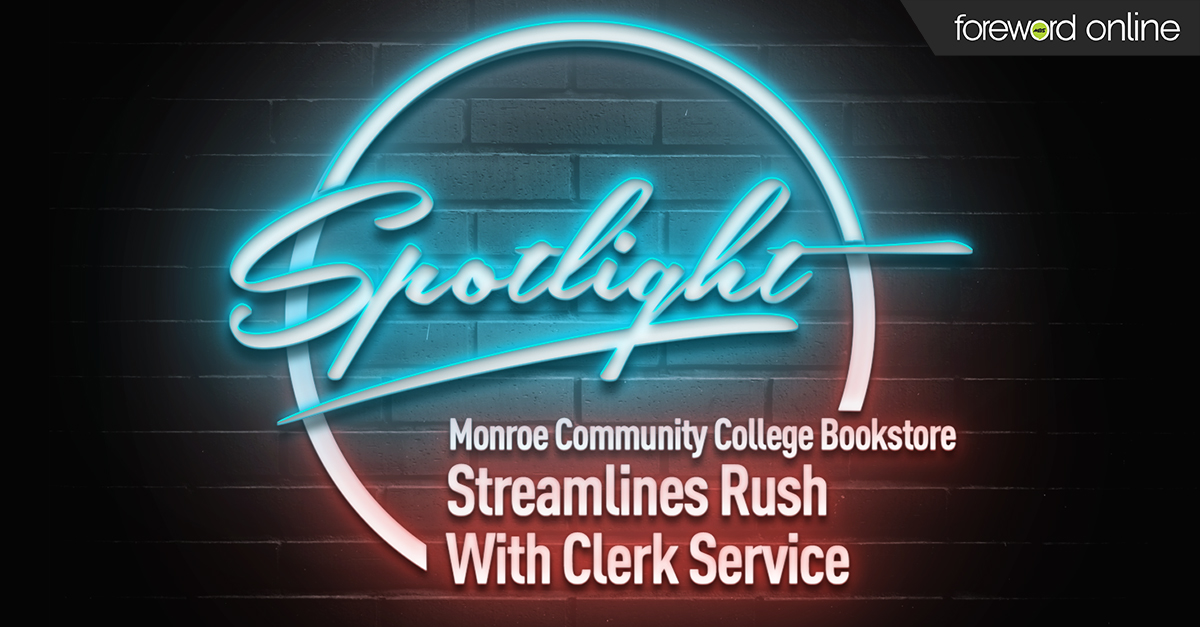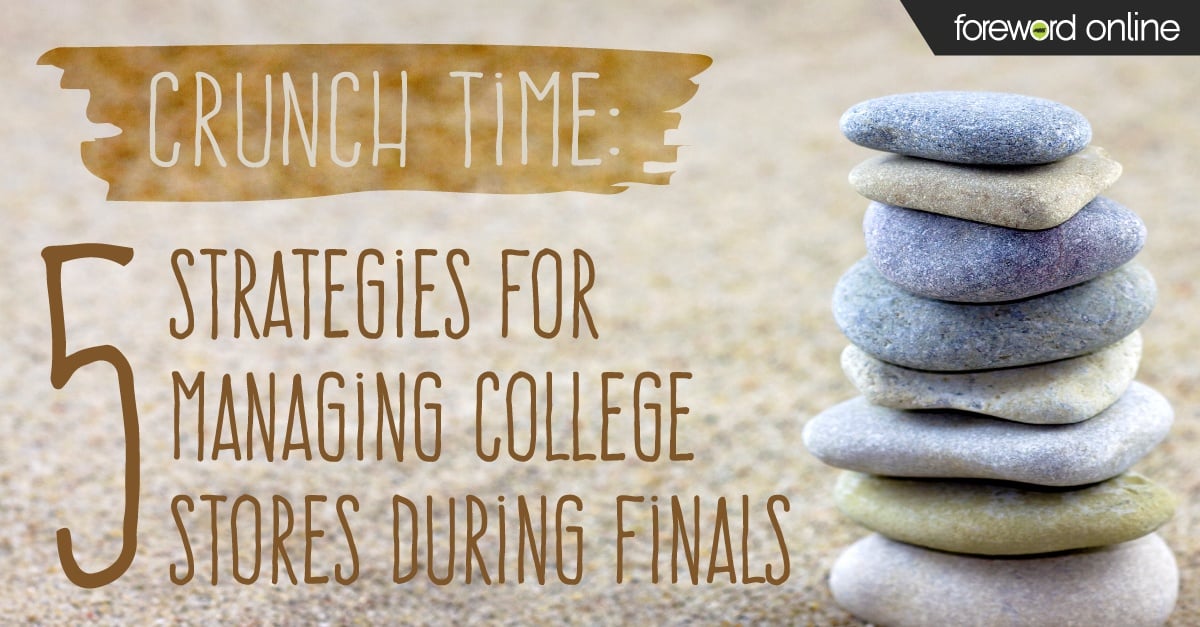Customer retention is a problem across college stores. Understanding how students feel about your store is an essential part of identifying the areas that with improvement can help you provide students with a better experience and increase satisfaction. Surveys give your store insight to what students think, their priorities and how you can better help them achieve success. But, how do you create a survey that is measurable, moves you closer to your goals and produces usable information?
 Why do students wait to buy their course materials? What is the best way to communicate with students? Do students feel like your store really cares about what they think? You might have a guess, but do you actually know the answers? Surveys can help you identify problem areas and even find the best solutions for those problems.
Why do students wait to buy their course materials? What is the best way to communicate with students? Do students feel like your store really cares about what they think? You might have a guess, but do you actually know the answers? Surveys can help you identify problem areas and even find the best solutions for those problems.
In an effort to discover why students weren’t meeting their potential in class, a high school physics teacher in Texas developed a survey to determine what students thought would help them be successful. Rather than guessing, he asked them directly, which allowed him to make informed decisions. Using his results, he changed the way he taught the material and identified the areas where students were fell off track. The result: student scores soared. Now, the school has implemented a similar method of engaging all students in their education.
How to create surveys
- Identify the priority areas that the school could benefit the most from improving.
Does your store need to lower student costs? Increase foot traffic? Improve student relations? Define the area you want to focus on with this survey. - Set a measurable goal.
Knowing the outcome you would like to achieve will help you set goals. However, it is important the goals are measurable. Like with the above example, the teacher was able to increase student grades. It was a measure of success that could be tracked and easily defined. Ask yourself, what does a successful outcome look like? What do you hope to achieve with this course of action? If you want to increase foot traffic in the store, how will that be measured? What reports can be used? - Develop close-ended questions that offer insight into problem areas.
Outcomes are easier to measure when the questions have defined answers. It makes the data easier to track and to find correlations. It is okay to have a few open-ended questions, but they will need to be reviewed on an answer-by-answer basis. However, they may also identify some areas that you hadn’t considered. - Beta test the survey.
Recruit a group of individuals who did not help create the questions to review the survey. The individuals who wrote the survey questions will know all of the back story and intent behind each question. Because of that knowledge, it will be harder to identify the areas where more clarity is needed. - Explain to everyone involved the reason for the survey and how it will be used.
Make sure all of the college store employees know why you are doing the survey and how it can help them do their job. If they support the importance of the survey and collecting this data, then they will do a better job presenting the information to customers.
Surveys can be used to gain faculty or alumni insight as well. We would love to hear if you have used surveys in the past and what best practices you use.





